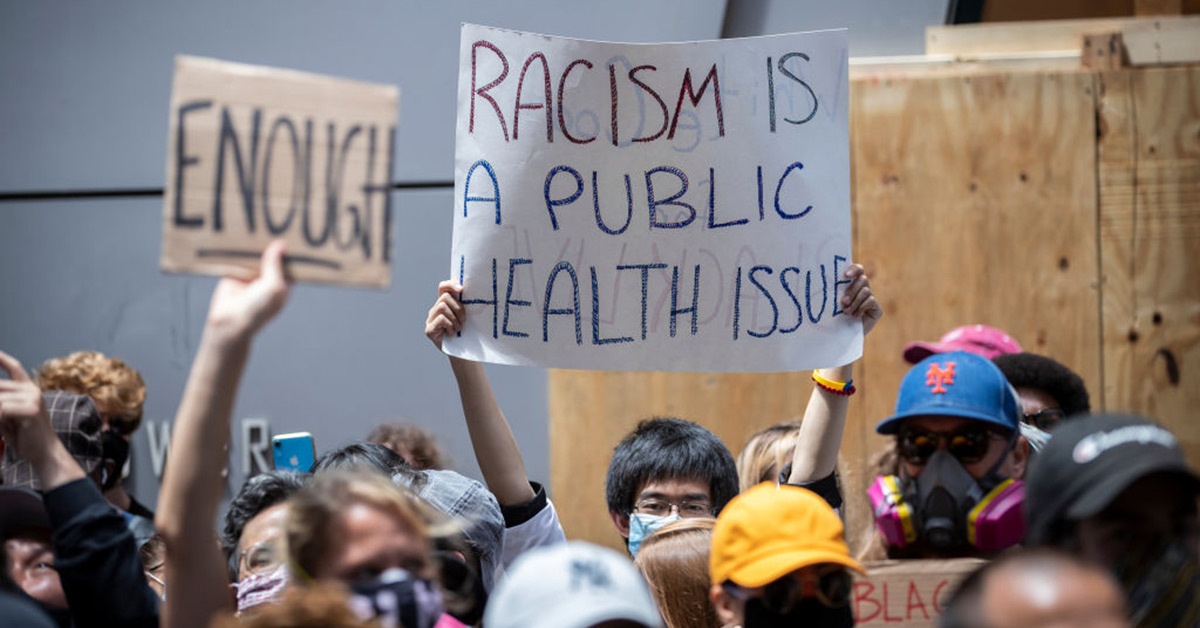Health begins before birth and is rooted in the societal conditions that determine whether a child born in one neighborhood will thrive while a child born in another area will struggle. Health can also be dictated by the ability of individuals and communities to make decisions to beneficially shape the circumstances of their lives and improve access to educational, economic, and social opportunities. In Minnesota, these opportunities are limited in part by race along with historical decisions and policies that created systems of structural racism.

“Structural racism is the normalization of historical events, cultural beliefs, institutional policies, and interpersonal rules and behaviors that routinely advantage white people while producing cumulative and chronic adverse outcomes for people of color and American Indians,” says Rachel Hardeman, an associate professor and the Blue Cross Endowed Professor of Health and Racial Equity in the School of Public Health (SPH). “A concerted effort to specifically address the issues of structural racism and to uncover and change the structures shaped by racism are necessary to achieve health equity in communities across Minnesota — a state often ranked as the healthiest state in the nation that actually suffers from some of the worst health inequities in the country.”
Hardeman is the founding director of the Center for Antiracism Research for Health Equity and says that the first step in dismantling structural racism in Minnesota is to identify and measure it. To this end, she started a pilot project to develop and test the Multidimensional Measure of Structural Racism (MMSR) tool, which determines the amount of structural racism people are exposed to in communities. Assisting Hardeman in the work are Research Project Specialist Miamon Queeglay as well as SPH students Bert Chantarat and Raquel Motachwa. Funding for the early phase of the project has been supported by the University of Minnesota’s Minnesota Population Center.
“This measurement tool is an exciting first step in my overarching goal to curate a population health level database of measures of structural racism in communities that can be used by researchers and policymakers to inform decision-making processes related to community health and wellbeing,” says Hardeman.
The MMSR gauges the amount of structural racism in areas through six different quantifiable dimensions:
- residential segregation
- education inequity
- employment inequity
- income inequity
- wealth inequity
- incarceration inequity
Hardeman has already created the first version of the MMSR. As a next step, she and her research team plan to show the MMSR to communities across the Twin Cities to learn more about how people experience structural racism and to see if the tool captures the ways they say it harms and interferes with their lives. Local partners in the work include Broadway Family Medicine Clinic, North Point Health and Wellness, and the Twin Cities Urban League.
The researchers will also test the MMSR as a predictor of racial health inequities to see how its results correlate with community birth outcomes, such as infant mortality, preterm birth, low birth weight. Birth outcome inequities are known to be strongly tied to the race of infants and their mothers and the communities they live in.
The research team plans to release its initial scientific and community reports this summer. The MMSR will be released sometime in the next few years after it has been refined, tested, and verified ready for use.

